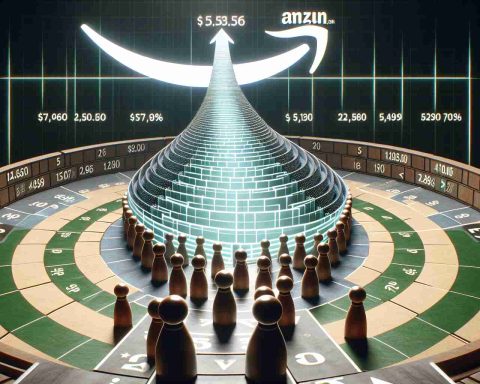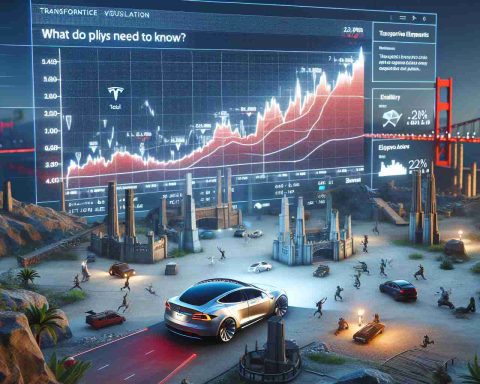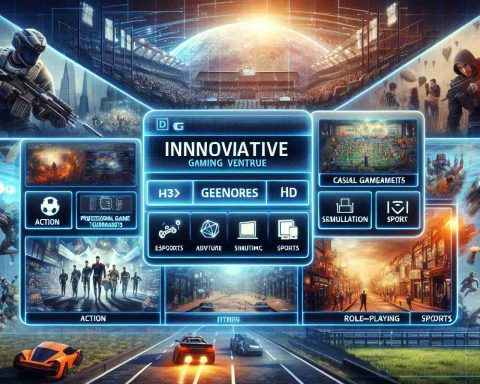The augmented reality and virtual reality (AR/VR) market continues to showcase rapid evolution and expansion, driven by technological innovations and increasing adoption across diverse industries globally. One significant trend shaping the AR/VR market landscape is the integration of AR and VR technologies with other cutting-edge innovations like artificial intelligence, cloud computing, and IoT. This convergence is revolutionizing user experiences by offering more immersive and personalized interactions, thereby enhancing the overall value proposition of AR and VR solutions in various sectors.
Furthermore, the ongoing shift towards a digitally connected world is a key driver fueling the uptake of AR and VR technologies. With the global economy undergoing digital transformation, businesses are exploring innovative methods to engage customers effectively, streamline operations, and foster growth. AR and VR present distinct opportunities for enterprises to deliver interactive and captivating experiences, ranging from virtual showrooms to immersive training programs.
The COVID-19 pandemic has also accelerated the adoption of AR and VR technologies, particularly in sectors such as healthcare, education, and remote work. As organizations seek ways to adapt to the new normal and ensure business continuity, AR and VR solutions have emerged as valuable tools for delivering virtual services, training employees remotely, and conducting virtual events and conferences.
Looking ahead, the AR and VR market is expected to witness further growth and innovation as companies continue to invest in research and development to enhance the capabilities of these technologies. Emerging trends such as spatial computing, volumetric video, and haptic feedback are opening up new possibilities for AR and VR applications, driving increased interest and investment in the market.
Regulatory initiatives and standards development also play a crucial role in shaping the future of the AR and VR market. As these technologies become more pervasive, there is a growing need for clear guidelines and standards to ensure interoperability, security, and privacy. Companies that can navigate these regulatory challenges and innovate responsibly will be well-positioned to capitalize on the growing demand for AR and VR solutions.
In conclusion, the augmented reality and virtual reality market presents a wealth of opportunities for businesses and consumers alike. As technology continues to advance and user expectations evolve, AR and VR will become integral parts of our daily lives, transforming the way we learn, work, and interact with the world around us.
Additional facts:
1. Gaming is one of the primary industries driving the growth of the AR/VR market. The ability to create immersive and realistic gaming experiences has attracted a large user base and generated significant revenue.
2. The healthcare industry is leveraging AR and VR technologies for a variety of applications, including medical training, surgical simulations, pain management, and improved patient care.
3. The military and defense sector also utilizes AR and VR for training purposes, allowing soldiers to practice scenarios in a safe and controlled environment.
4. Retailers are adopting AR and VR to enhance the shopping experience, enabling customers to virtually try on products, visualize how furniture will look in their homes, and explore virtual showrooms.
5. AR and VR are being used in architecture and design industries to create 3D models and walkthroughs, aiding in the visualization and planning of construction projects.
6. Education is another sector benefiting from AR and VR, providing immersive and interactive learning experiences, virtual field trips, and simulations.
Important questions and answers:
Q: What are the key challenges in the adoption of AR and VR technologies?
A: One of the main challenges is the high cost of hardware and equipment required for a seamless AR/VR experience. Another challenge is the need for widespread content creation and distribution to fully utilize the potential of these technologies.
Q: Are there any controversies associated with AR and VR?
A: Yes, some concerns relate to the potential negative impacts on mental health, privacy, and data security. Additionally, there are debates about the impact of prolonged use of AR/VR devices on vision and overall well-being.
Advantages of AR and VR:
– Enhanced user experiences through immersion and interactivity.
– Improved learning outcomes with realistic simulations and visualizations.
– Increased productivity and efficiency in various industries, such as training and design.
– Expanded business opportunities through innovative marketing strategies and customer engagement.
Disadvantages of AR and VR:
– High costs of hardware and development.
– Potential negative health effects with prolonged use, such as eye strain and motion sickness.
– Limited content availability and the need for continuous content creation to sustain interest.
– Privacy and security concerns related to data collection and usage.
Related links:
– Forbes: The 5 Major Ways AR Is Going To Change The Workplace
– Wired: The Reality Behind Augmented Reality and AI Holograms


















